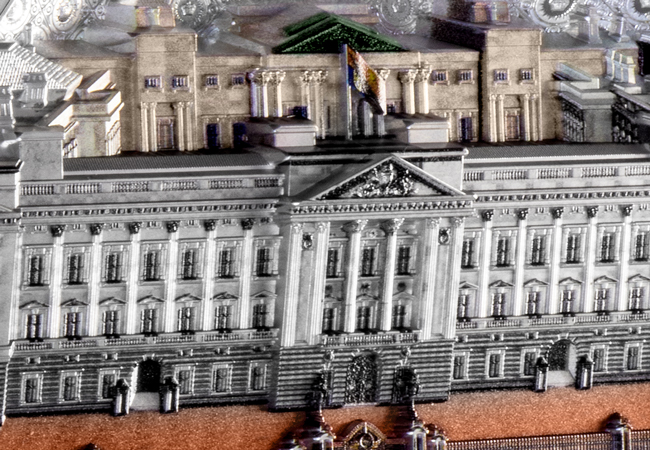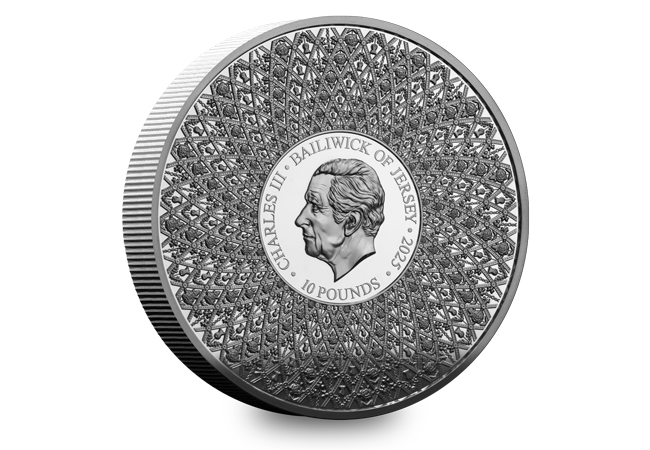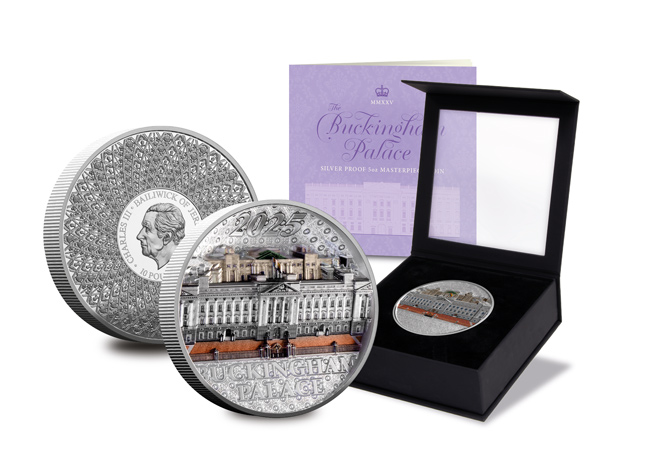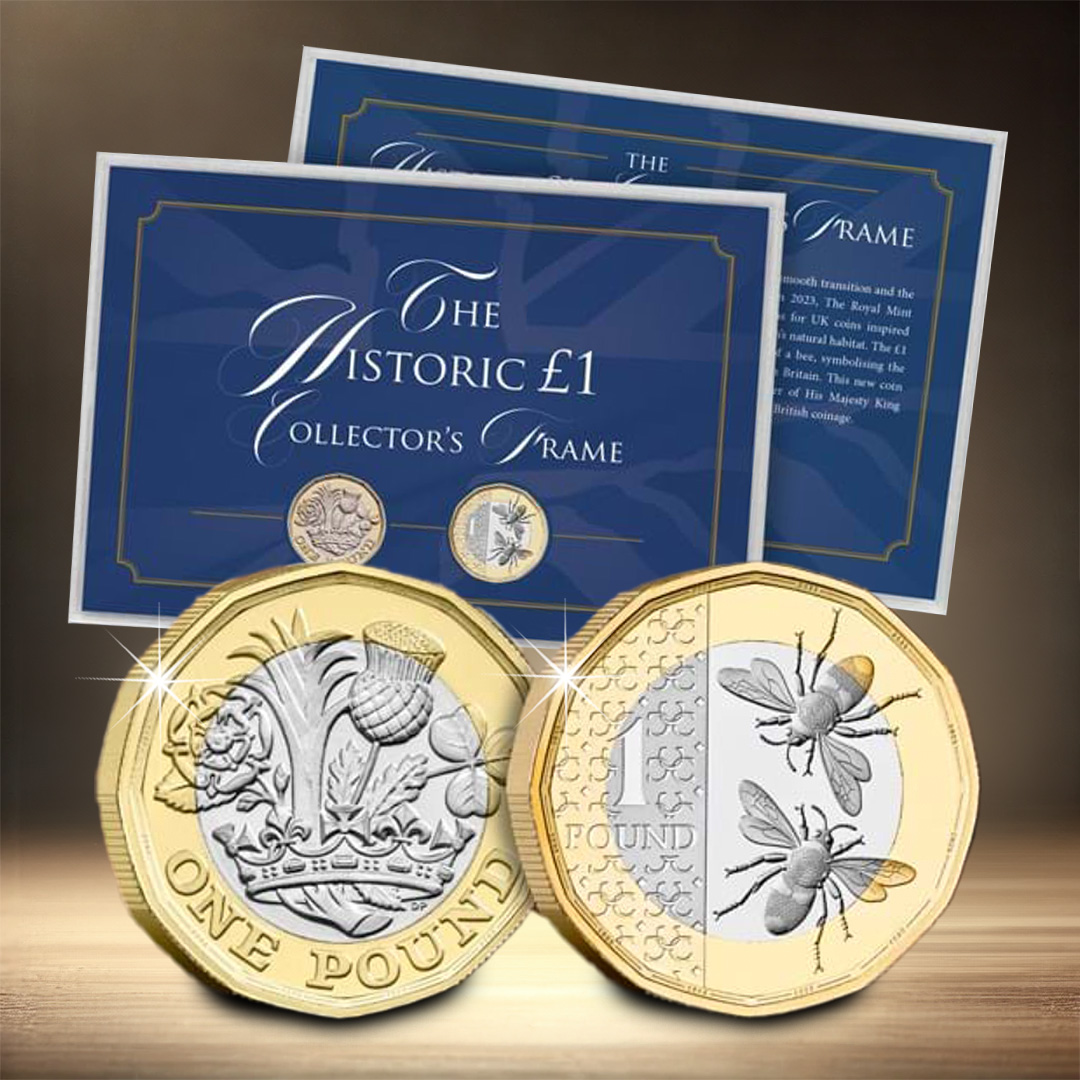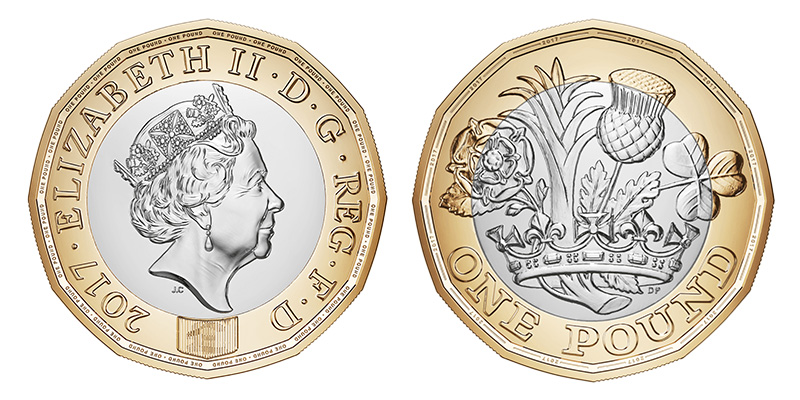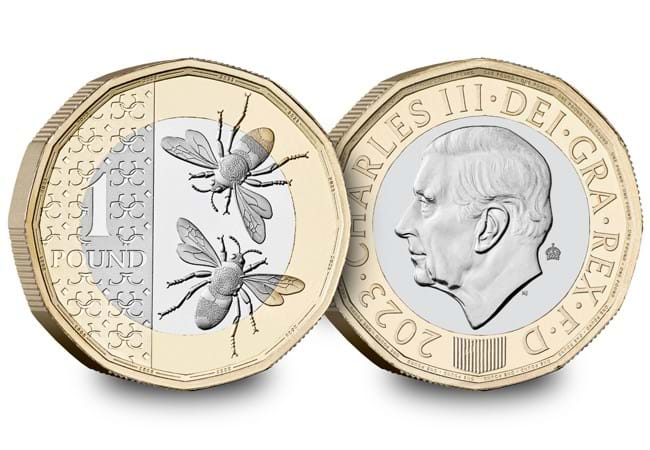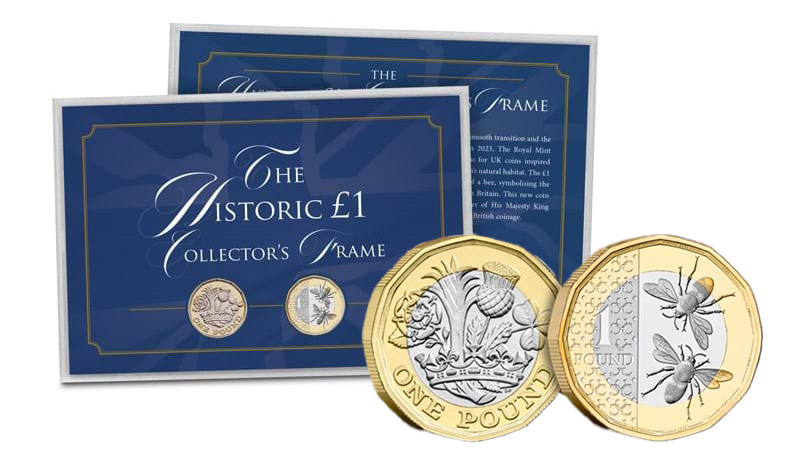Blog Home
Buckingham Palace Silver Masterpiece Coin: 200 Years of History
Introducing the Buckingham Palace Silver Masterpiece Coin
A true collector’s treasure, the Buckingham Palace Silver Masterpiece Coin is a remarkable numismatic tribute to 200 years of Buckingham Palace’s transformation. Available in 2oz and 5oz Silver specifications, this stunning coin captures the essence of the world-famous royal residence, from its origins as Buckingham House to its grand reconstruction under King George IV in 1825.

A Timeless Tribute to 200 Years of History
This exclusive silver masterpiece marks a pivotal moment in royal history—the transformation of Buckingham House into the official London residence of the British monarchy. This one-of-a-kind coin is not only a celebration of heritage but also a showcase of the most advanced minting technology available today.
Exquisite Design: A Unique Perspective of Buckingham Palace
The aerial-view design of this coin offers collectors an extraordinary perspective of Buckingham Palace, as if soaring above The Mall. This breathtaking angle reveals:
✅ The original Buckingham House (depicted in reddish brick) and the grand white façade introduced post-1825.
✅ The iconic front balcony, courtyard, and majestic palace gates.
✅ The Royal Standard flag, signifying the monarch’s presence.
✅ Ultra High Relief Smartminting® 4.0 technology, giving the design an unparalleled concave 3D effect.
Obverse Design: Inspired by the Music Room
The obverse takes inspiration from the magnificent ceiling of Buckingham Palace’s Music Room. The design showcases an intricate pattern of Britain’s national floral emblems—roses, thistles, and shamrocks—encircling the effigy of King Charles III. This elegant touch pays tribute to the rich cultural heritage of the United Kingdom.
Innovative Minting: Smartminting® 4.0 Technology
The Buckingham Palace Silver Masterpiece Coin is produced using Smartminting® 4.0, an advanced minting technique that allows for ultra-high relief, creating intricate details that were previously impossible. This cutting-edge technology ensures that every fine detail—from the palace’s architecture to its ornate surroundings—stands out with unparalleled clarity and depth.
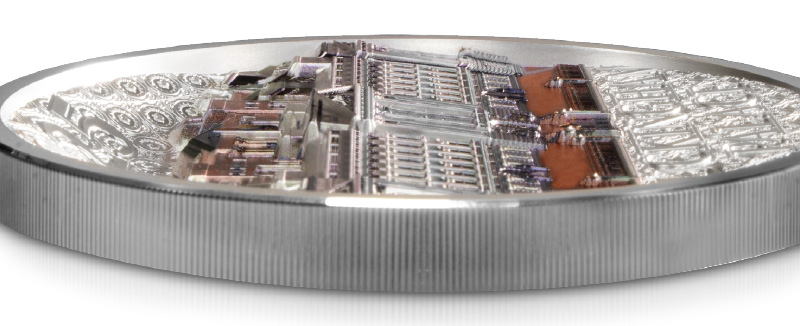
A Limited Mintage – Secure Yours Today
With a strict worldwide mintage of just 795 coins, this is a once-in-a-lifetime opportunity to own a piece of Buckingham Palace history. Each coin is officially authorised by Buckingham Palace and King Charles III, making it an exceptional collector’s piece.
🔹 Pre-order the Buckingham Palace Silver 2oz Masterpiece today for just £34.50.
🔹 Visit the Buckingham Palace Masterpiece Collection to reserve yours now.

Rarest £2 Coins in the UK
What are the Rarest UK £2 Coins in circulation? Find out if you have any below.
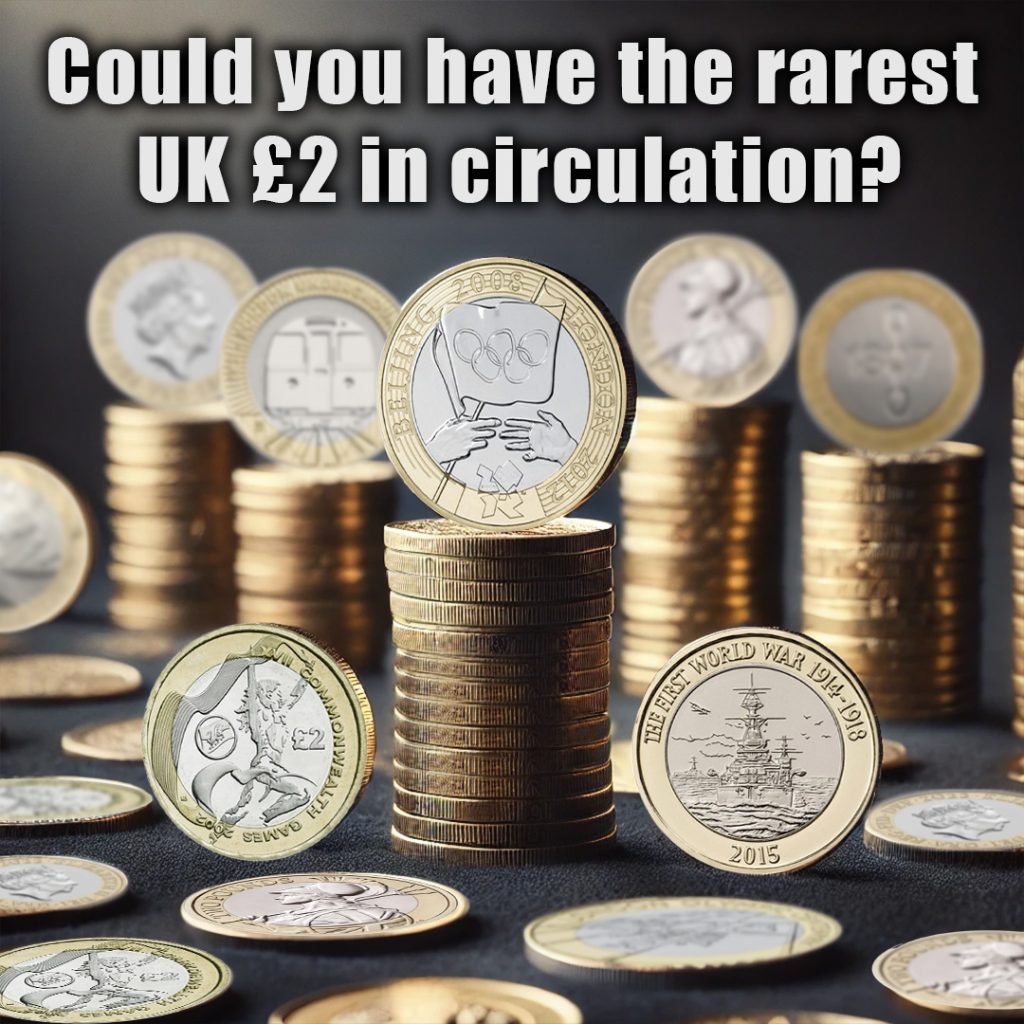
For over 25 years, the UK £2 coin has been a symbol of national pride and history, quietly circulating among us and occasionally surprising collectors with its rarity. Let us guide you through some of the rarest £2 coins ever produced for UK circulation.
1. Commonwealth Games, Northern Ireland 2002
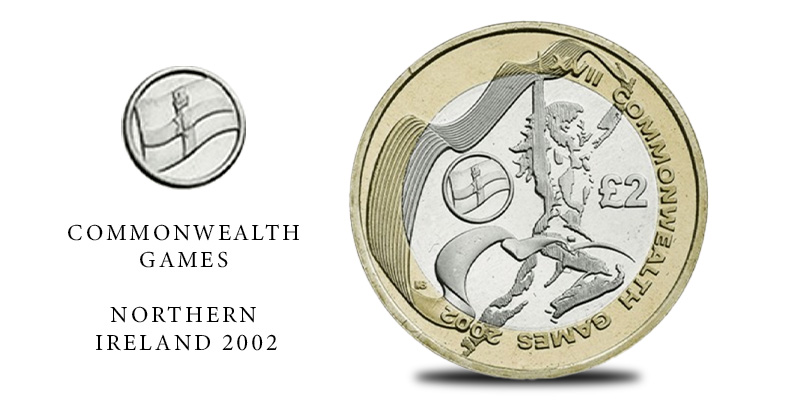
Mintage: 485,500
The rarest £2 coin in circulation, this gem is a tribute to the 2002 Commonwealth Games. It features the Ulster Banner with a victorious figure, making it a must-have for collectors. Its extremely low mintage of just 485,500 cements its position as the ultimate treasure in UK £2 coinage.
2. Commonwealth Games, Wales 2002
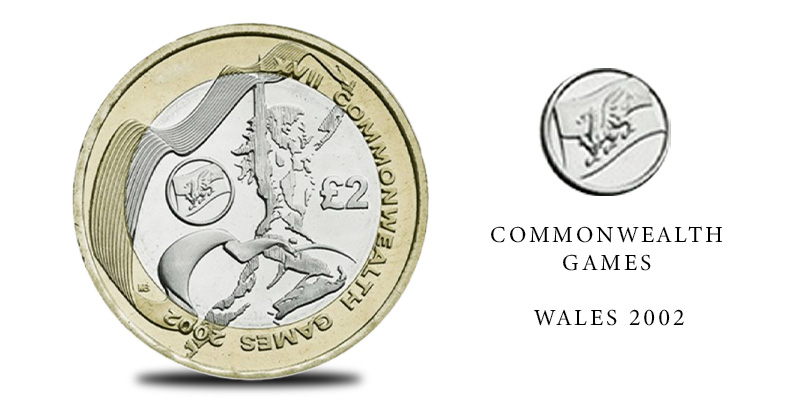
Mintage: 588,500
This rare £2 coin celebrates the achievements of Welsh athletes during the 2002 Commonwealth Games. Featuring the Welsh flag alongside a figure in motion, it’s a standout piece in the Commonwealth series and a prized find for collectors.
3. WW1 Royal Navy Fifth Portrait 2015
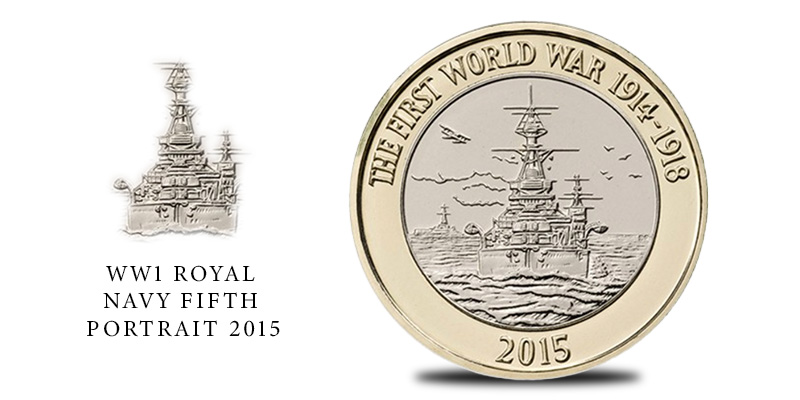
Mintage: 650,000
Honouring the Royal Navy’s role in the First World War, David Rowlands’ depiction of HMS Royal Oak is both powerful and poignant. The edge inscription, “THE SURE SHIELD OF BRITAIN,” reinforces the coin’s tribute to national resilience. Featuring the fifth and final definitive coinage portrait of Queen Elizabeth II, this rare £2 coin is steeped in historical significance.
4. Britannia Fifth Portrait 2015

Mintage: 650,000
A modern take on an age-old symbol, Antony Dufort’s design brings Britannia back to UK circulation after a long absence. Replacing the Technology design that had graced £2 coins since 1997, this £2 release became an instant collector’s favourite, blending tradition with modern artistry.
5. Commonwealth Games, England 2002
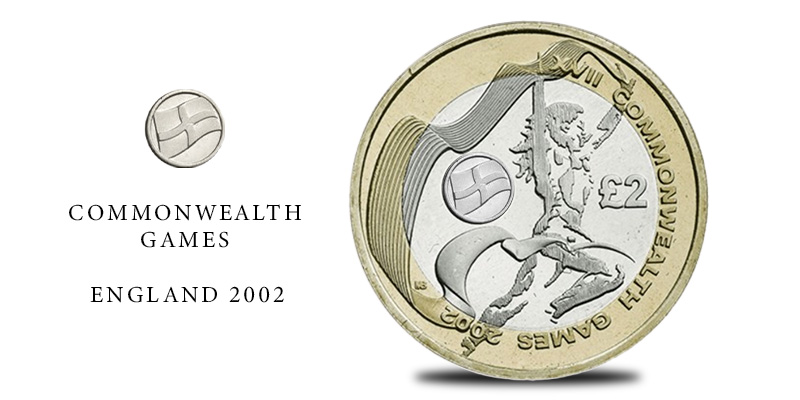
Mintage: 650,000
The England edition of the 2002 Commonwealth Games coin features St. George’s Cross alongside a dynamic figure in motion. Matthew Bonaccorsi’s design embodies national pride, and its limited mintage ensures its status as a cherished piece among collectors.
6. Commonwealth Games, Scotland 2002

Mintage: 771,750
The 2002 Commonwealth Games in Manchester were a milestone for UK sports. The Scotland edition of this commemorative coin series, designed by Matthew Bonaccorsi, features a vibrant figure holding a banner, symbolising celebration and unity. The edge inscription, “SPIRIT OF FRIENDSHIP, MANCHESTER 2002,” perfectly captures the event’s camaraderie.
7. Olympic Games Handover 2012
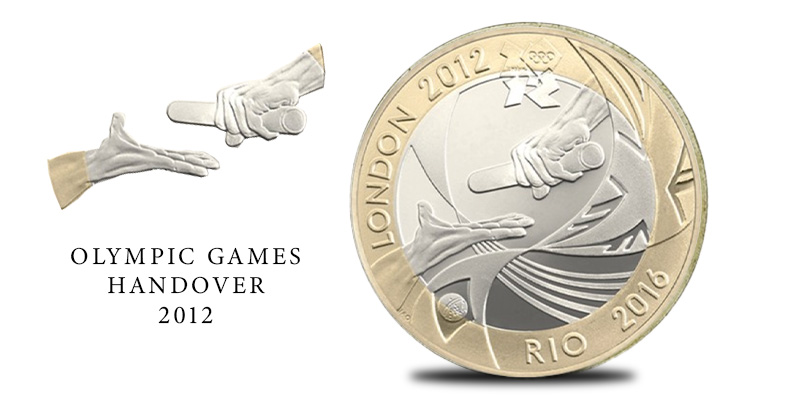
Mintage: 845,000
This coin commemorates the handover of the Olympic Games from London to Rio de Janeiro. Designed by Jonathan Olliffe, it features the passing of a baton between two hands, framed by the flags of the UK and Brazil. The edge inscription, “I CALL UPON THE YOUTH OF THE WORLD,” echoes the global spirit of the Olympics.
8. Olympic Games 2008
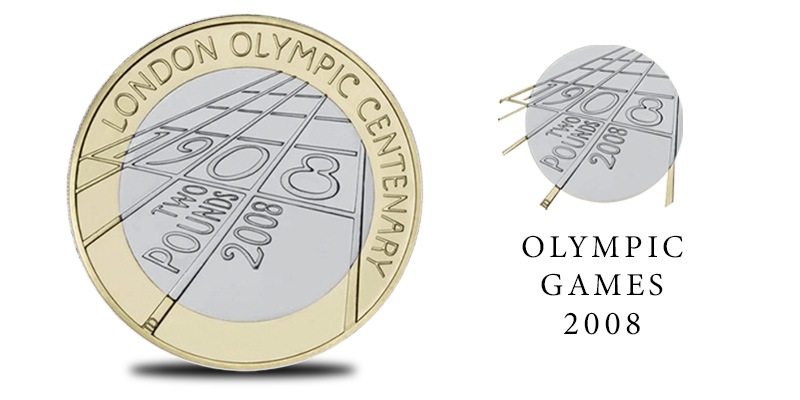
Mintage: 910,000
Celebrating the centenary of the 1908 London Olympics, this coin showcases a striking running track design by Thomas T. Docherty. With the years 1908 and 2008 integrated into the design and the edge inscription reading “THE 4TH OLYMPIAD LONDON,” it’s a dynamic tribute to the enduring legacy of the Olympic Games.
9. Olympic Games Handover 2008
Mintage: 918,000
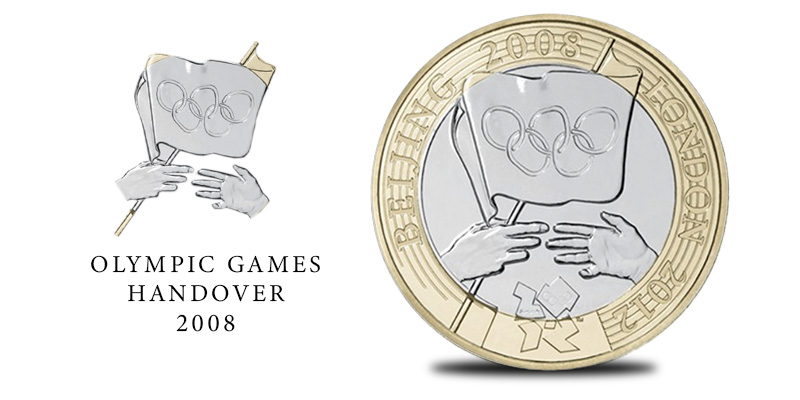
Designed by Thomas T. Docherty, this coin captures the symbolic passing of the Olympic flag, marking the transition from Beijing 2008 to London 2012. The reverse design features hands exchanging the flag, with the years boldly displayed. Encircling the edge is the inspiring inscription, “I CALL UPON THE YOUTH OF THE WORLD,” emphasising the unity and potential of the games.
Have you got one of the coins featured above?
Each of these £2 coins represents a unique story, from sporting milestones to national symbols, making them more than just currency—they are pieces of history in your pocket. Keep an eye on your change; you never know when you might uncover one of these hidden treasures!
Rare UK £1 coin pair: The 2017 Nations of the Crown and 2023 Bee £1 Coins
The British £1 coin has always been a symbol of resilience and innovation, and today, you can celebrate its rich 500-year history with a remarkable collectible: The British Pound Coin Collector’s Frame. Featuring the brand-new King Charles III “Bee” £1 coin alongside the 2017 “Nations of the Crown” £1 coin, this exclusive pairing honours two of the most significant transformations in the denomination’s history.

The Evolution of the £1 Coin
The journey of Britain’s £1 coin has been nothing short of revolutionary. Introduced in 1983 to replace the £1 note, it became an essential part of everyday life. However, by the early 21st century, the “round pound” faced a growing challenge: counterfeiting. It was estimated that one in 30 £1 coins in circulation was fake, prompting the need for a more secure solution.
Enter the 12-sided £1 coin, introduced on 28th March 2017. Dubbed the “most secure coin in circulation,” it featured:
- Micro-lettering along the rim for added security.
- A hologram that cleverly switches between a ‘£’ symbol and the number ‘1’ when tilted.
- A groundbreaking bi-metallic design, making it harder to replicate.
The transition from the round pound to the 12-sided coin was a monumental moment, marking a new chapter for Britain’s currency.
The Arrival of the King Charles III “Bee” £1 Coin
In 2023, history was made once again as The Royal Mint unveiled the first £1 coin featuring the effigy of King Charles III. For the first time in over 70 years, the obverse design of the £1 changed, symbolizing the start of a new royal era. What makes this coin even more special is its reverse design, celebrating the industrious honeybee, a vital emblem of British wildlife and a nod to environmental conservation.
The King Charles III “Bee” £1 coin has quickly become a sought-after piece among collectors, representing not only a new reign but also a fresh perspective on what Britain’s coinage can embody.
A Frame Worthy of History
The British Pound Coin Collector’s Frame brings these two iconic coins together in a pristine presentation. Carefully curated to highlight their beauty and significance, this collector’s item serves as a tribute to the £1 coin’s enduring legacy and innovative spirit.

Price £25.00 (+ £3.99 p&p)
With the 2017 Nations of the Crown £1 representing the dawn of unparalleled security and the 2023 King Charles III Bee £1 symbolising a new royal chapter, this pairing encapsulates the evolution of one of Britain’s most iconic denominations.
Secure Your Collector’s Frame Today
The British Pound Coin Collector’s Frame is an unmissable opportunity. Secure your set today and own a tangible piece of Britain’s monetary history—a celebration of tradition, innovation, and the changing times.


